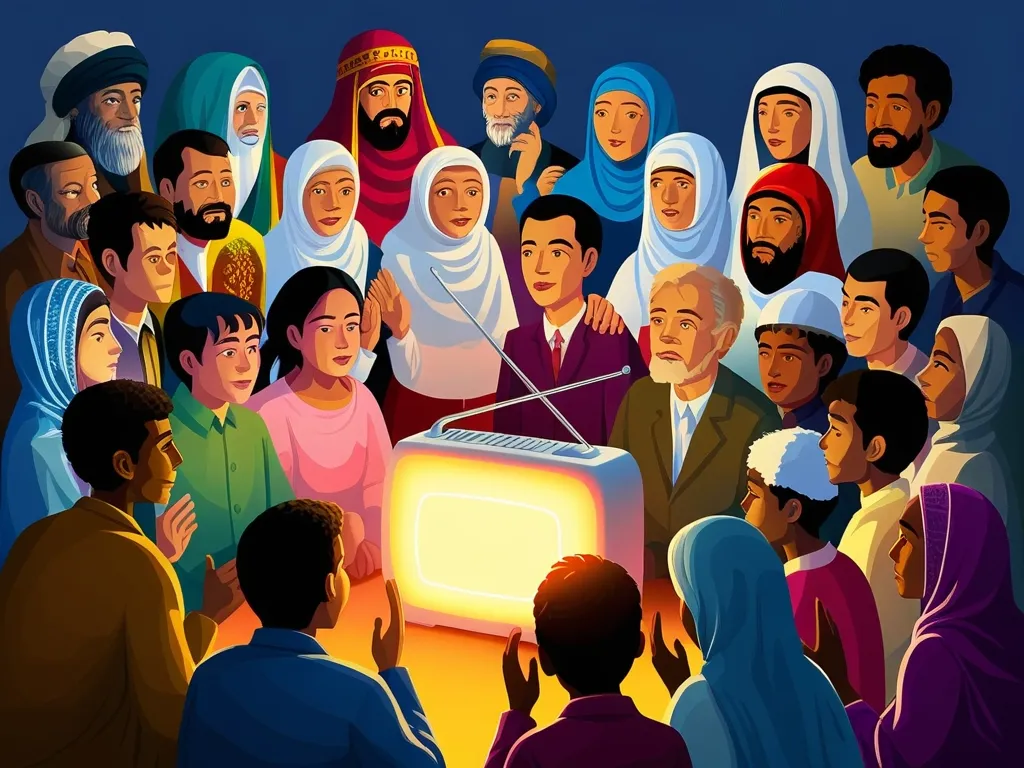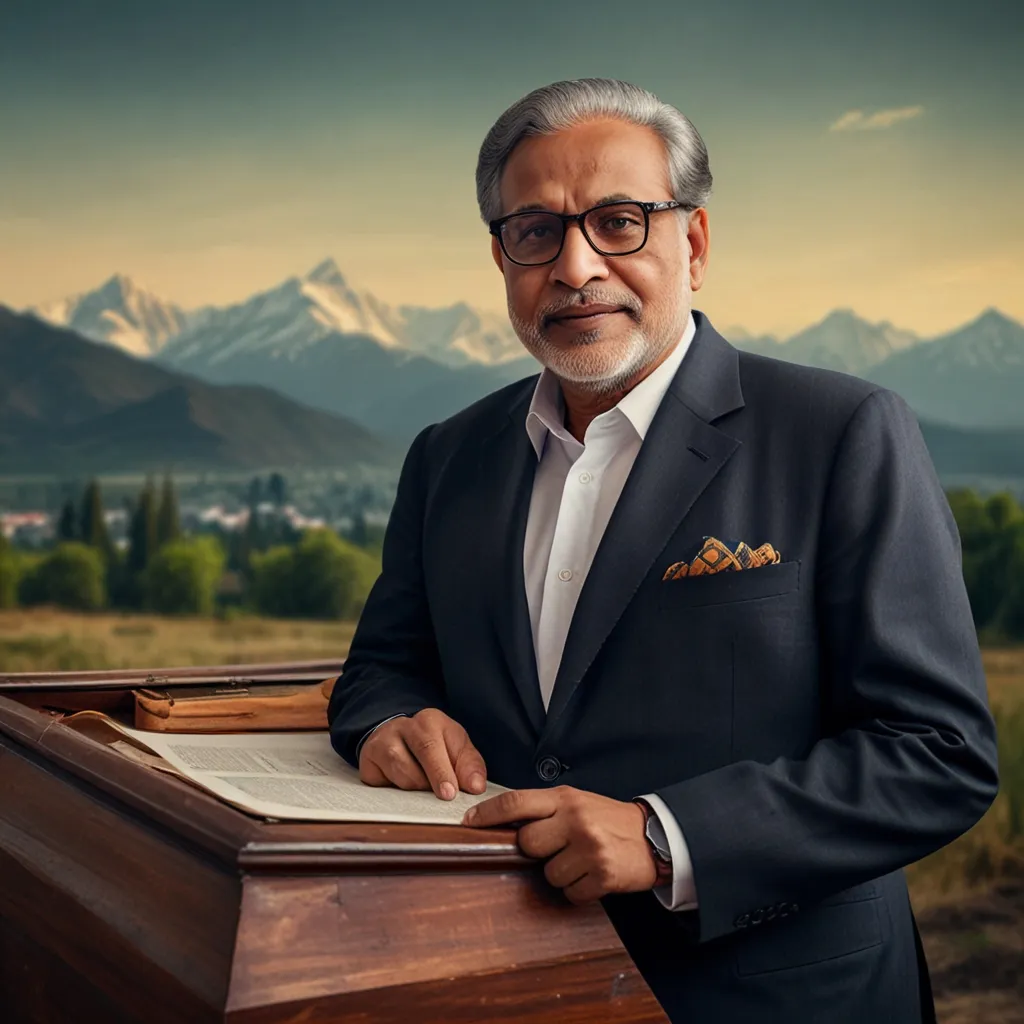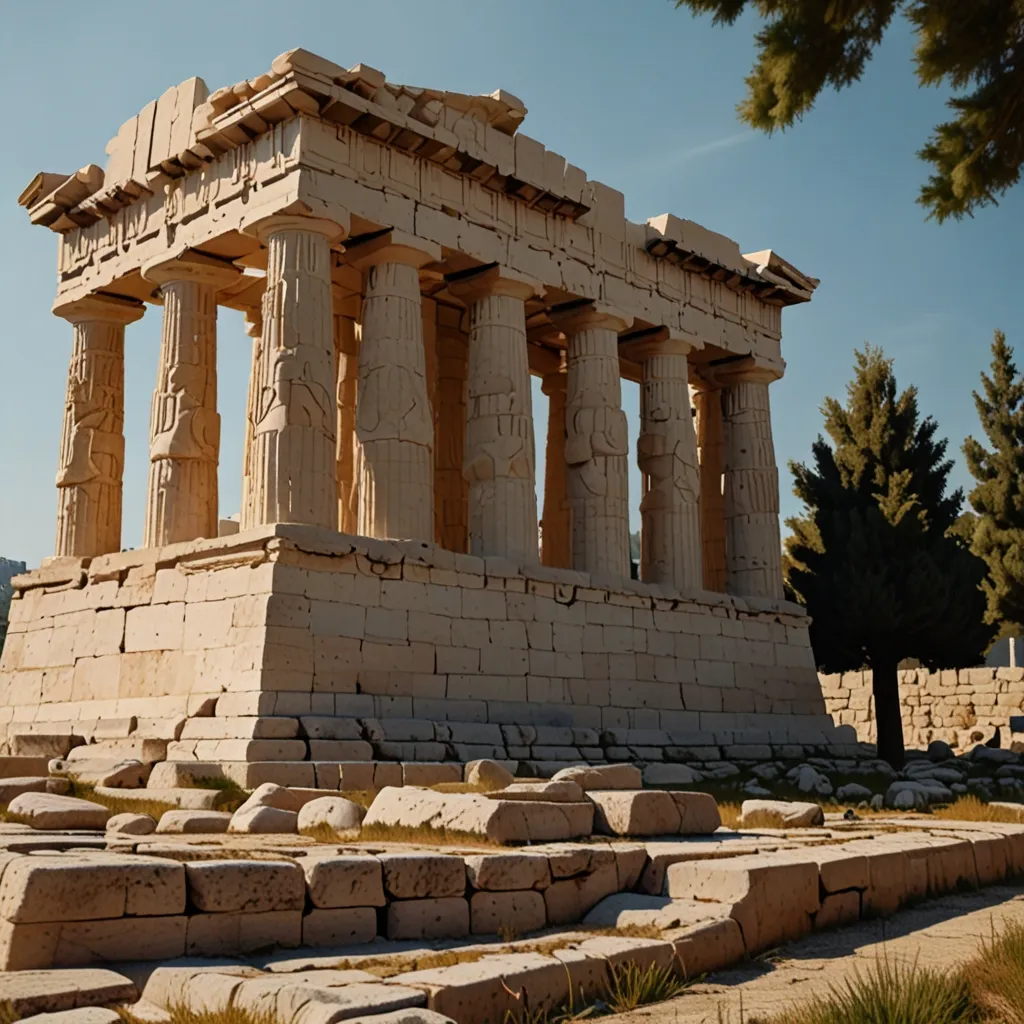In the vast and intricate tapestry of global communication, religious broadcasting stands as a unique and powerful thread, weaving together communities, cultures, and identities in ways that are both profound and often overlooked. As we navigate the complex landscape of modern media, it’s essential to understand the significant role that faith-based radio stations, podcasts, and TV programs play in shaping social cohesion and cultural identity.
A Global Phenomenon
Religious broadcasting is not a localized phenomenon but a global one, with its reach extending to every corner of the world. From the bustling streets of London to the remote villages of Africa, these broadcasts serve as a lifeline for many, providing spiritual guidance, comfort, and a sense of community. For instance, in the UK, the BBC’s “Songs of Praise” has been a staple of religious broadcasting since 1961, offering a blend of hymns, prayers, and inspirational stories that resonate with a wide audience.
Beyond Spiritual Teachings
While the primary purpose of religious broadcasts is to disseminate spiritual teachings, their impact goes far beyond the realm of faith. These programs often delve into societal values, addressing issues such as morality, ethics, and social justice. In the aftermath of significant events like the London bombings in 2005, religious broadcasts played a crucial role in fostering dialogue and understanding among different faith communities. Channel 4’s more controversial and thought-provoking programs, for example, helped spark important discussions about multiculturalism and religious tolerance.
Preserving Cultural Heritage
One of the lesser-known but significant contributions of religious broadcasting is its role in preserving linguistic diversity and cultural heritage. For diaspora communities scattered around the world, these broadcasts provide a connection to their roots, a reminder of their cultural identity. In many parts of the world, especially in rural or remote areas, religious radio stations are often the only medium through which people can hear their native languages and engage with their traditional practices.
A Lifeline for Remote Communities
In remote and isolated communities, religious broadcasts can be a vital lifeline. These programs not only offer spiritual solace but also provide news, education, and community updates that might otherwise be inaccessible. For example, in Tanzania, faith communities are instrumental in providing education, healthcare, and social services, and religious broadcasts help in coordinating these efforts and spreading important information.
Mediating Religious Experience
The advent of modern media has transformed the way we experience and communicate religion. TV and radio broadcasts have the unique ability to “proximize” spiritual reality, making it more immediate and personal for the audience. This blurs the boundaries of time and space, allowing believers to feel a sense of participation and community even when they are physically distant. The use of metaphors, imagery, and vernacular language in these broadcasts further enhances their emotional and axiological impact, making the religious experience more relatable and engaging.
Interfaith Dialogue and Cooperation
Religious broadcasting also facilitates interfaith dialogue and cooperation, which are crucial for conflict resolution and peaceful coexistence. In places like Haiti, where Christians, Muslims, and Voodoo practitioners coexist, religious broadcasts have helped in fostering respect and understanding among different faith groups. Similarly, in regions like the Middle East, where religious tensions are high, these broadcasts can serve as a platform for peaceful dialogue and mutual respect.
Personal Stories of Impact
Personally, I have seen the impact of religious broadcasting in my own community. Growing up, I listened to a local Christian radio station that was the only source of faith-filled music and teachings in our town. The station’s broadcasts were more than just spiritual lessons; they were a source of comfort, hope, and unity during challenging times. The announcers’ voices became familiar friends, offering words of encouragement and guidance that resonated deeply with listeners.
The Language of Faith
Faith, in many ways, is a language that transcends words. It is a frequency that connects us to something greater than ourselves. When we tune into this frequency, we open ourselves to a deeper level of communication and understanding. Religious broadcasts speak this language, using thanksgiving, praise, and genuine worship to connect believers with their faith and with each other.
Challenges and Future
Despite their significant impact, religious broadcasts face numerous challenges. In a crowded and competitive media landscape, these programs often struggle to maintain their place. Regulatory bodies like Ofcom have imposed program quotas, recognizing the value of religious broadcasting but also acknowledging its perceived lesser social value compared to other genres. However, the adaptability of religious broadcasting is evident in its adoption of new formats and conventions, such as reality TV and podcasts, to remain relevant and appealing.
Conclusion
As we reflect on the role of religious broadcasting in shaping social cohesion and cultural identity, it becomes clear that these programs are more than just spiritual teachings; they are threads in the fabric of our global community. They provide solace, hope, and unity, preserving cultural heritage and linguistic diversity. In a rapidly changing world, these broadcasts quietly weave ties that bind us closer together, reminding us of the power of faith and community in our lives.
In the end, the impact of religious broadcasting is not just about the messages it conveys but about the connections it fosters. It is about the people who tune in, seeking comfort, guidance, and a sense of belonging. As we continue to navigate the complexities of our global society, the role of religious broadcasting will remain a vital one, a testament to the enduring power of faith and community.






